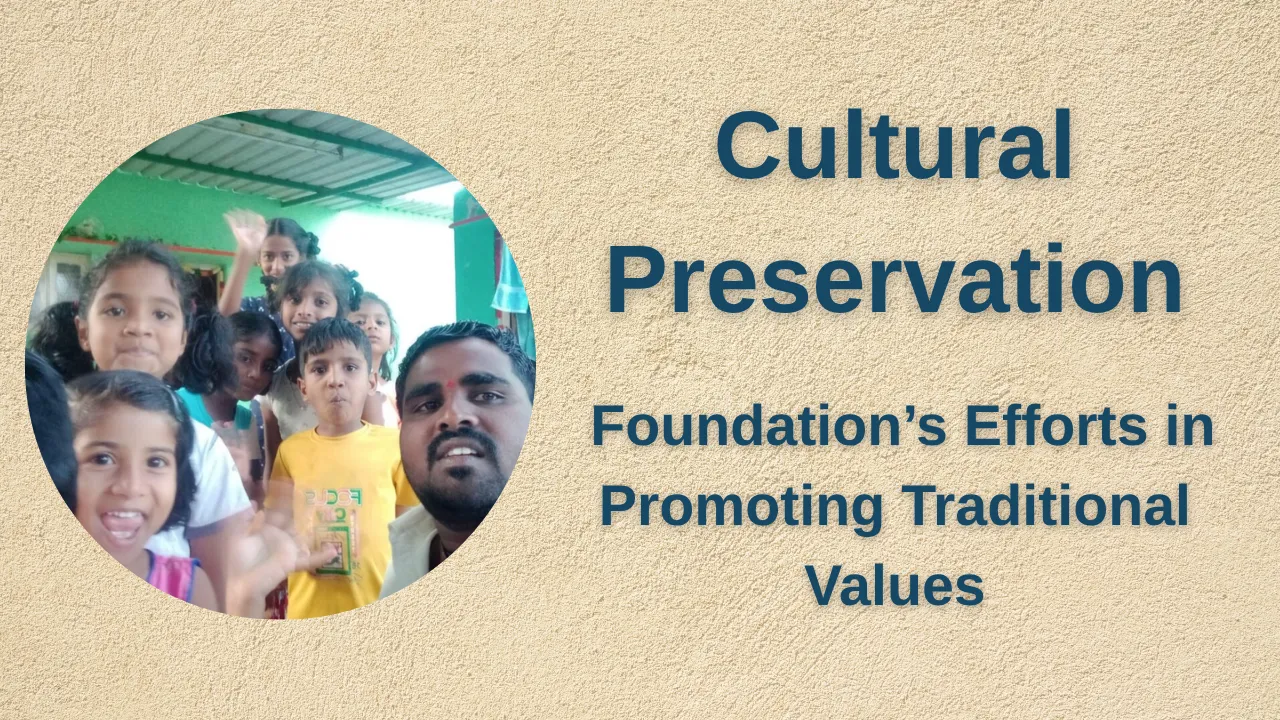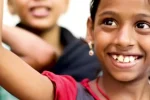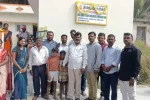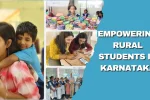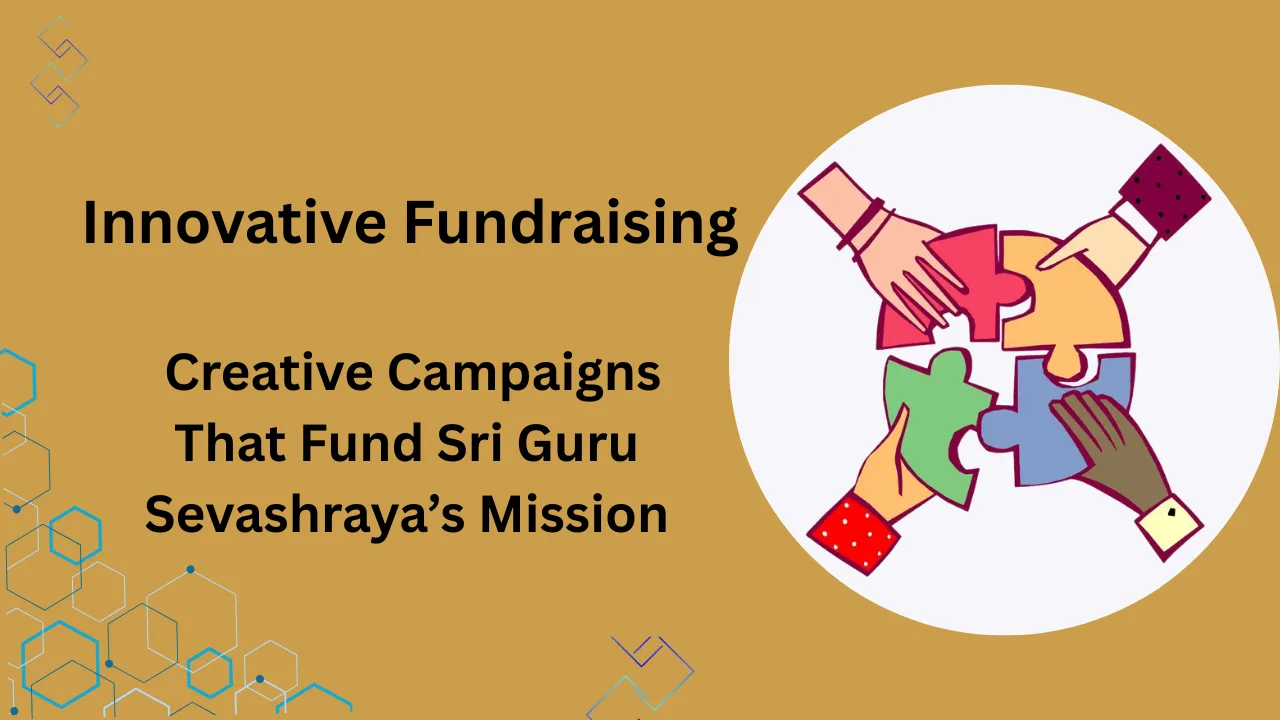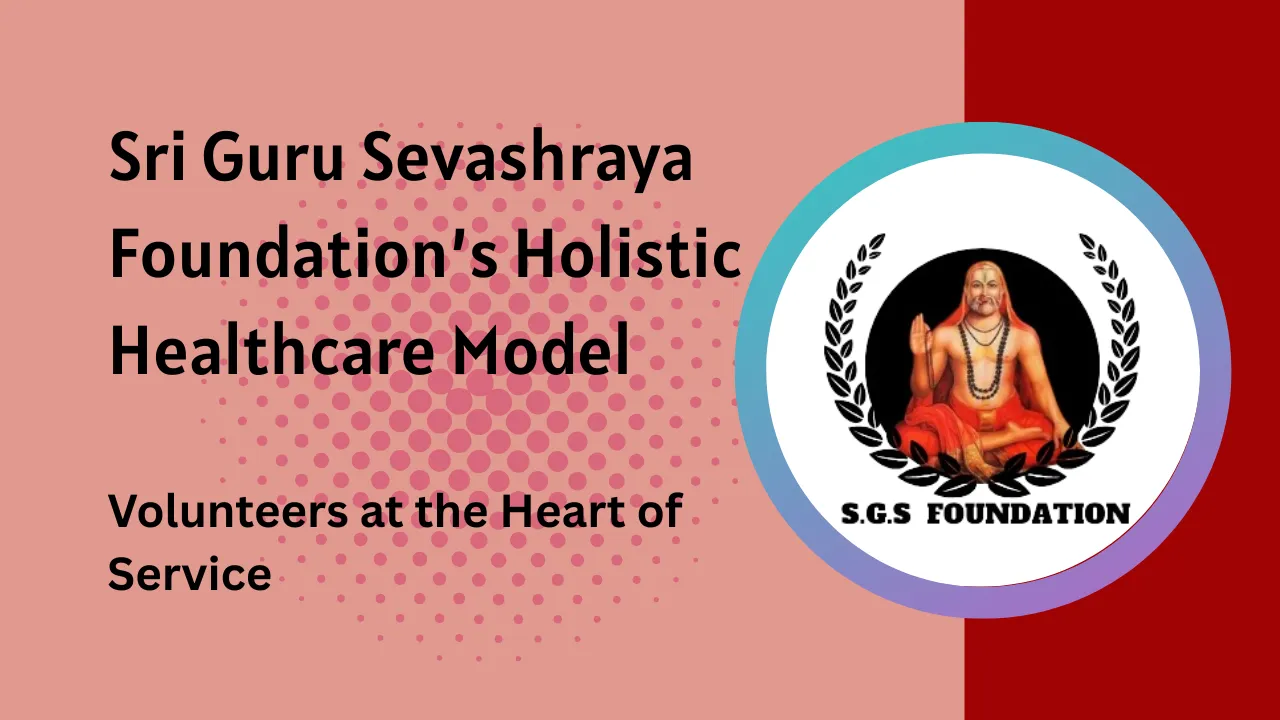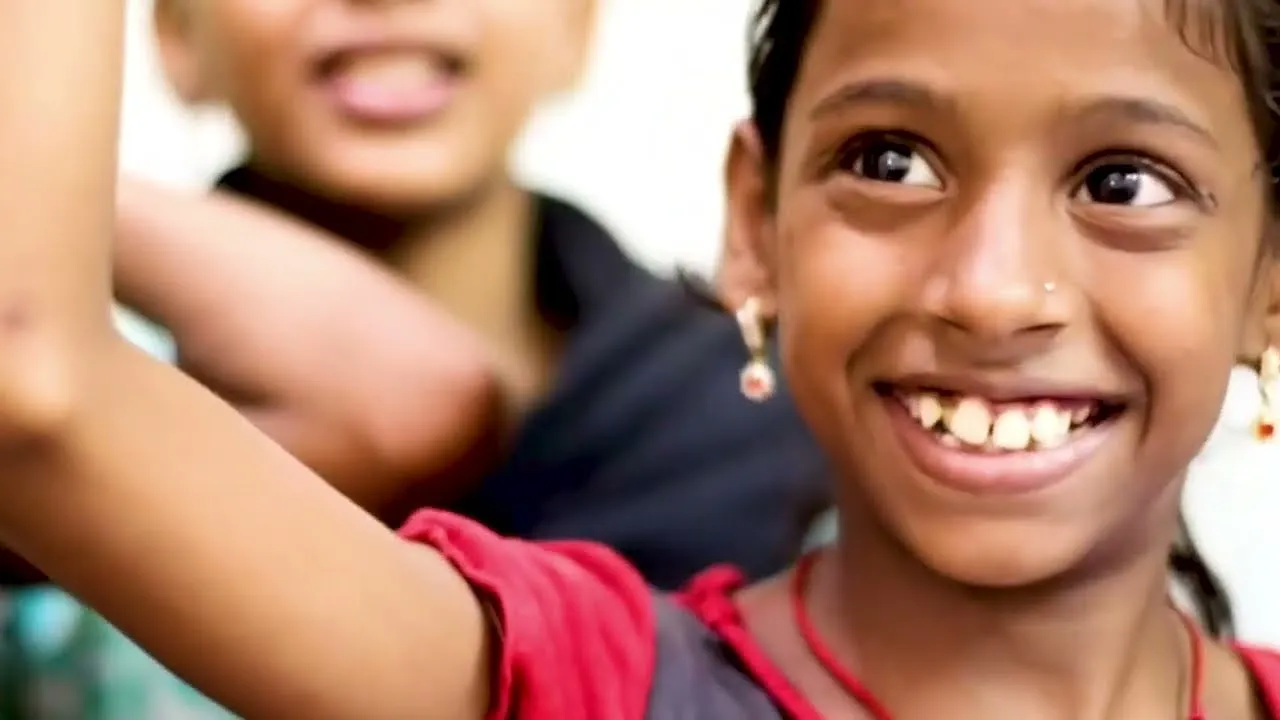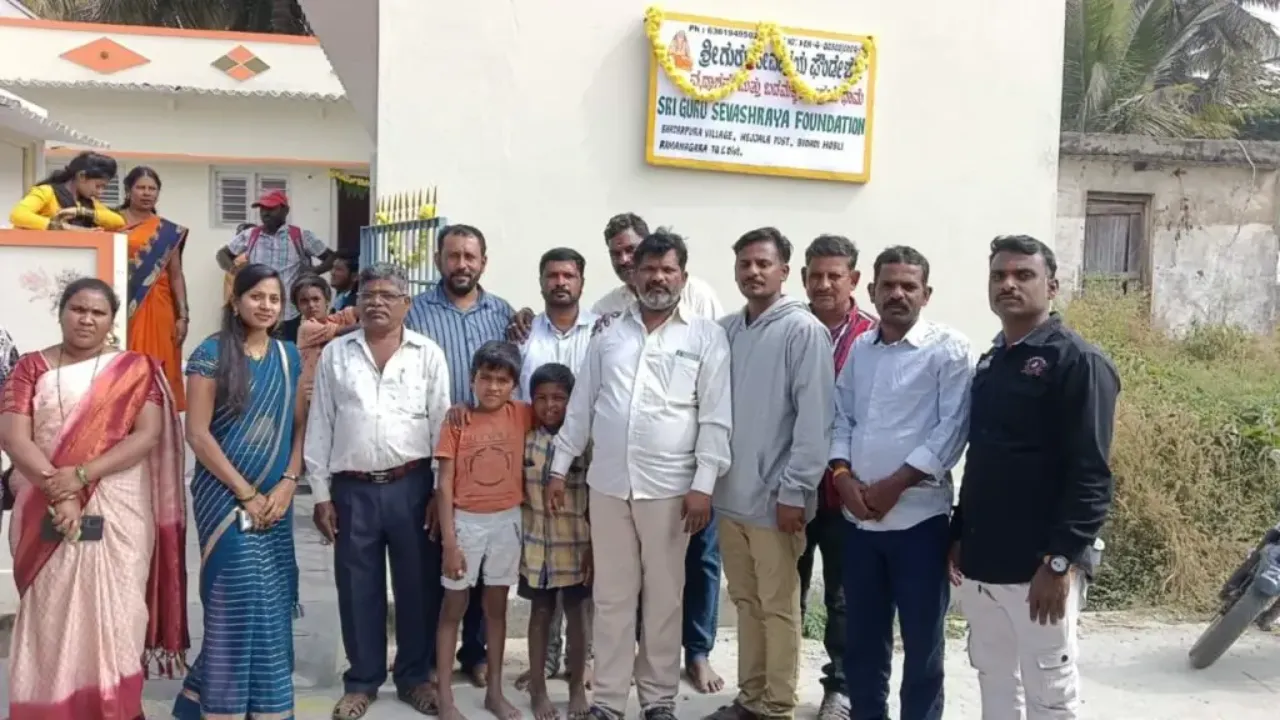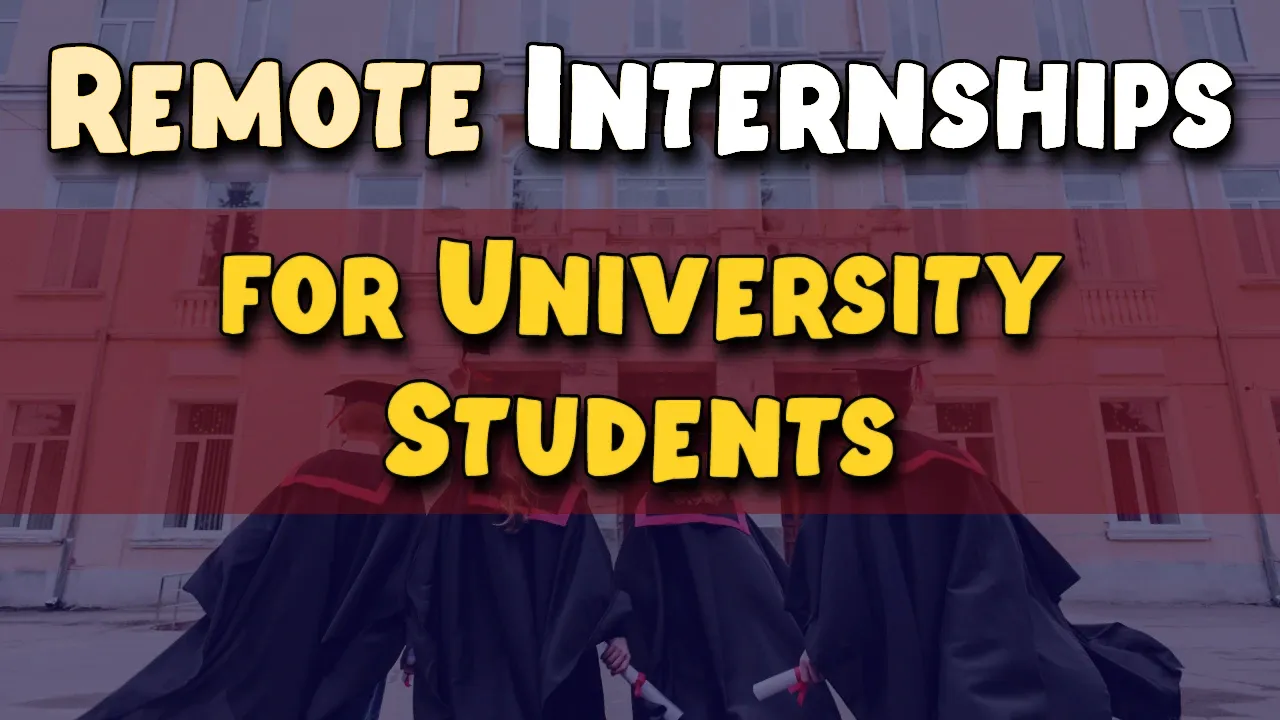Sri Guru Sevashraya Foundation: As modern lifestyles increasingly shift toward digital influence and global trends, traditional cultural practices often get lost in transition. India, with its immense diversity and age-old customs, is at risk of losing many of its valuable cultural expressions—from folk art and classical dance to local rituals and oral storytelling. This cultural erosion isn’t just about fading art—it impacts identity, community, and intergenerational learning.
That’s why the Sri Guru Sevashraya Foundation has made cultural preservation a core part of its mission. Through dedicated efforts to revive folk traditions, support local artisans, and educate youth about their roots, the foundation ensures that heritage doesn’t just survive but continues to thrive in contemporary society.
Sri Guru Sevashraya Foundation — Empowering Communities Through Cultural Heritage
At the heart of the Sri Guru Sevashraya Foundation lies a deep respect for traditional values and indigenous knowledge. The foundation works directly with rural communities, artists, and educators to protect and promote cultural legacies. Its initiatives span folk music and dance training, revival of indigenous crafts, cultural festivals, and educational programs that reconnect children with their roots. By integrating these efforts into its broader mission of social upliftment, the foundation not only saves heritage but also uses it as a tool for empowerment, identity, and sustainable development.
1. Why Cultural Preservation Matters
Culture is more than heritage—it’s the lens through which people see the world, define values, and pass on wisdom. Preserving traditional practices:
- Strengthens community bonds and shared identity
- Supports local economies through art and craft livelihoods
- Passes moral, ethical, and ecological knowledge to future generations
- Encourages pride, belonging, and creative expression among youth
- Prevents the homogenization of global culture
By supporting such preservation, Sri Guru Sevashraya Foundation ensures that ancient wisdom continues to guide future generations.
2. Key Programs and Initiatives
a) Folk Music and Dance Workshops
The foundation organizes regular training camps across Karnataka, where traditional performers teach students classical and folk forms like Yakshagana, Dollu Kunitha, and Janapada songs. These sessions not only preserve art but pass them into new hands.
b) Artisan Training and Craft Sustainability
Traditional weavers, potters, and metal workers receive support in design innovation, material sourcing, and market access. Sri Guru Sevashraya links these craftspeople with local fairs, e-commerce platforms, and eco-craft exhibitions.
c) Village Cultural Festivals
Annual celebrations bring communities together with traditional music, dance, storytelling, and food. These events are often aligned with local rituals, reinforcing religious and seasonal practices while offering platforms for artisans to showcase and sell their work.
d) Storytelling and Oral History Programs
Elder community members are invited to share folk tales, local legends, and spiritual songs. These sessions are recorded and turned into digital and printed material for use in local schools and libraries.
e) Cultural Education in Schools
Partnering with rural schools, the foundation introduces workshops and short modules on traditional crafts, folk theatre, moral stories, and native history—restoring a sense of cultural relevance to young students.
3. Structure and Community Involvement
The success of Sri Guru Sevashraya’s cultural mission relies heavily on collaboration:
- Cultural advisors and artists design content and deliver training
- School partnerships help integrate cultural modules into learning
- Village coordinators organize festivals and outreach
- Youth volunteers and alumni assist in documentation and storytelling projects
This bottom-up model ensures authenticity and active participation from those who live the culture every day.
4. Impacts on Communities
a) Revival of Dying Art Forms
Artisans who had abandoned their crafts have returned, now earning income by teaching or exhibiting their work with pride.
b) Youth Cultural Engagement
Children once unfamiliar with their native dances or stories now perform them confidently at festivals and school events, reconnecting with their heritage.
c) Economic Support for Rural Artists
Selling handmade crafts at fairs and exhibitions offers artists sustainable income while educating buyers about local culture.
d) Documented Oral Histories
Dozens of folk tales, songs, and rituals have been recorded, digitized, and preserved as cultural archives for future reference and inspiration.
5. Success Stories
- A group of schoolgirls trained in Yakshagana recently performed at a state-level youth arts festival, gaining recognition and support from cultural bodies.
- A retired folk singer, previously struggling with income, now leads regular storytelling sessions in villages and earns a livelihood while keeping traditions alive.
- Weavers from a remote village developed a new line of eco-friendly sarees using natural dyes and sold them at urban craft expos facilitated by the foundation.
These stories aren’t just about preservation—they’re about revival and respect.
6. List of Two Key Cultural Programs
- Folk Music and Dance Workshops
- Artisan Training and Craft Sustainability
7. Challenges and Solutions
Urbanization and Youth Disinterest
Young people are often drawn to digital entertainment over cultural learning. The foundation blends traditional practices with modern tools—such as online storytelling videos and social media challenges around folk art.
Financial Constraints
Art revival takes time and resources. Sri Guru Sevashraya collaborates with local donors, CSR programs, and government cultural departments to fund training and events.
Documentation Gaps
Many traditions are undocumented. Volunteer-driven oral history projects and digital archives are helping bridge this gap before it’s too late.
8. Community and Artist Perspectives
“Teaching my craft again has brought purpose back to my life,” says a 62-year-old clay artist who now leads pottery sessions for students.
“Our school never taught us about local history. Now, through these sessions, I feel connected to something bigger,” shares a class 8 student after attending a folk heritage module.
Such testimonies reflect how deeply culture shapes identity and confidence.
FAQs
1. How can students benefit from cultural education programs?
Students gain awareness of their roots, improve confidence, and develop creative and critical thinking through cultural exposure.
2. Can artisans sell their products during foundation events?
Yes. Exhibitions and fairs are key parts of festivals, where artisans sell handcrafted items and promote traditional methods.
3. Are there digital resources available?
Yes. Some folk tales, craft demos, and training clips are available online for schools and families to access freely.
4. Who can volunteer for cultural projects?
Anyone interested in heritage—students, artists, teachers—can assist in organizing events, documenting stories, or supporting artisan outreach.
5. Does the foundation work with government bodies?
Yes. They often partner with cultural boards, education departments, and tourism organizations for grants, training, and expansion.
Final Thought & Call to Action
The Sri Guru Sevashraya Foundation is proving that preserving tradition doesn’t mean resisting change—it means rooting the future in the strength of the past. From mentoring artisans to educating youth and reviving forgotten songs, their work ensures that culture isn’t just remembered—it’s lived, loved, and passed on.
You can be part of this cultural revival. Volunteer for a workshop, sponsor a local artist, record a folk story, or host a heritage event. Every action counts when it comes to protecting tradition. Support the foundation today and help safeguard India’s timeless legacy for tomorrow.
